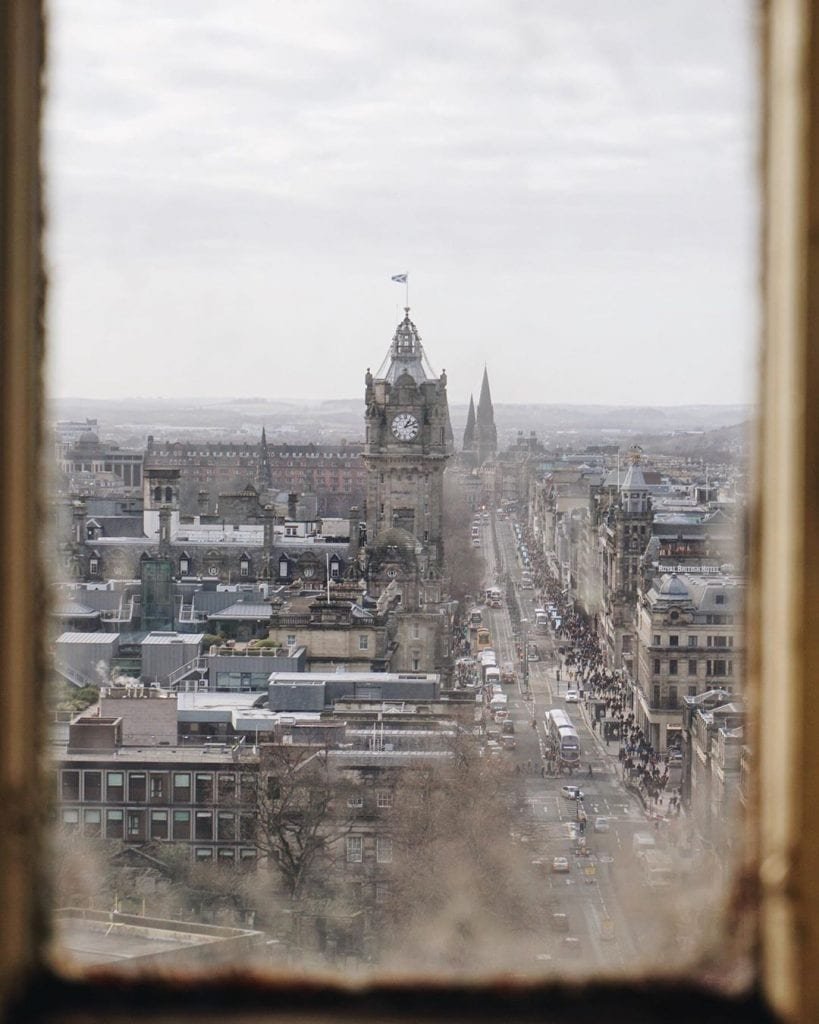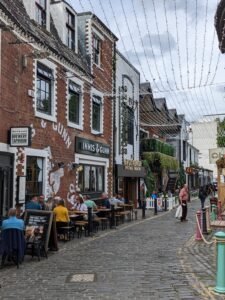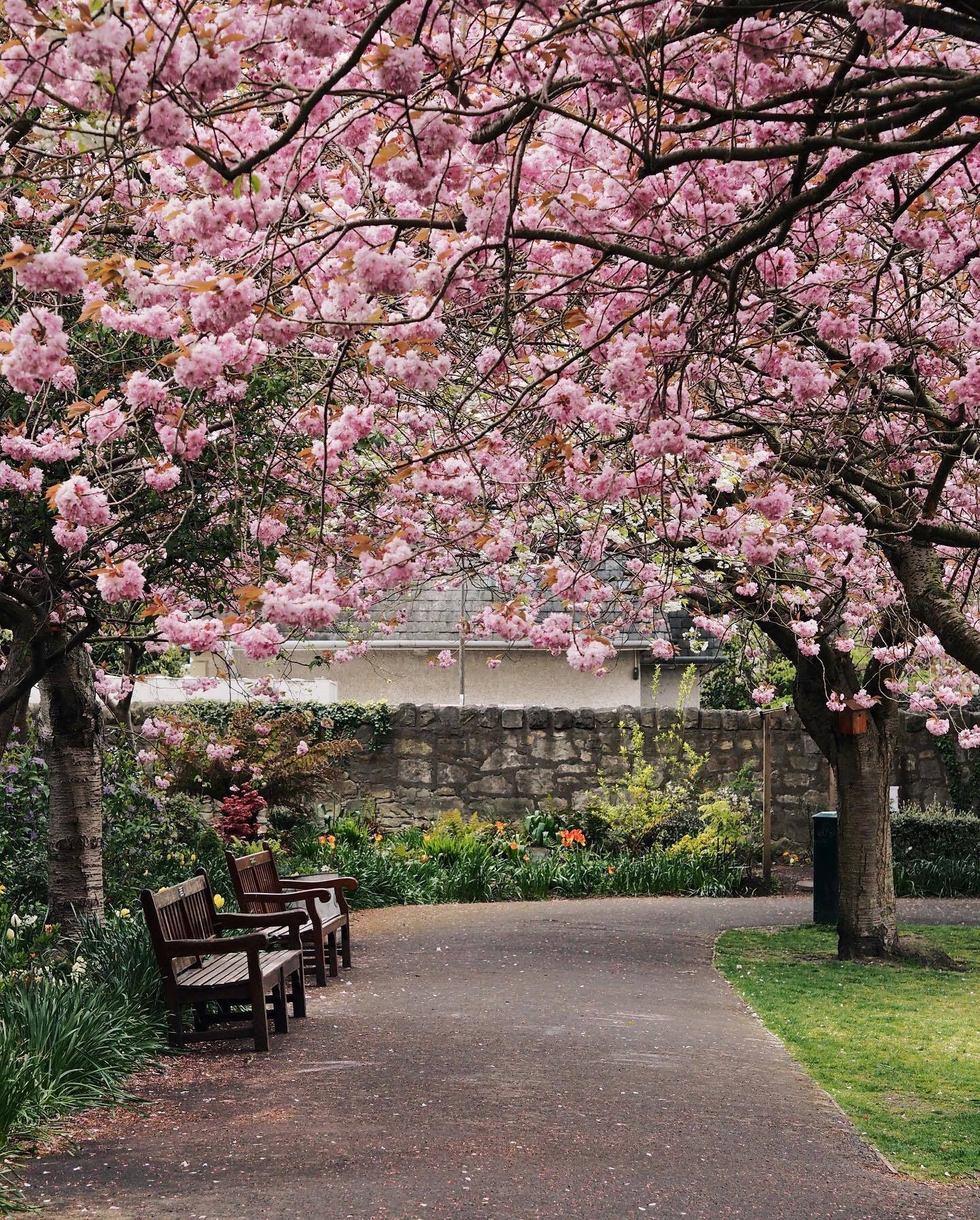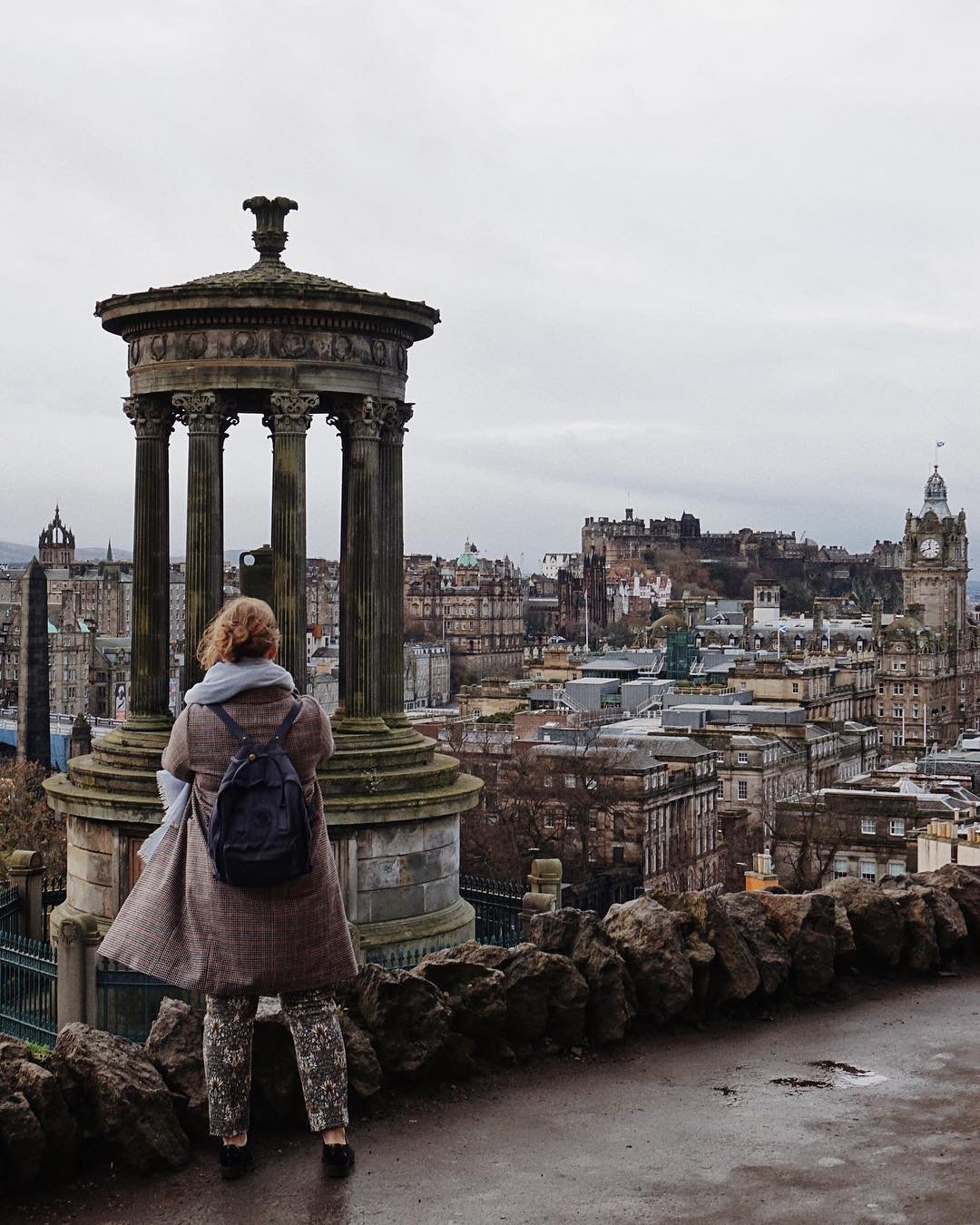A centre for trade and commerce
Like the Athens of Ancient Greece, Edinburgh also became a thriving commercial centre, attracting traders from across Europe and a host of flourishing industries that served the local population that was enjoying more generous salaries as the city prospered. In doing so, Edinburgh secured Lord Provost George Drummond’s vision for a city that generated wealth through commercial enterprise to which ‘all those will flock whose circumstances can afford it’.
To secure Edinburgh’s claim as ‘the Athens of the North’, the Scottish National Monument, modelled on the Parthenon in Athens, was started in 1826, a powerful statement of the city’s classical vein. It was only a shortage of funds that led to the abandonment of the project – maybe Edinburgh’s only folly.
Edinburgh’s forgotten Acropolis
As a UNESCO World Heritage Site, Edinburgh enjoys global fame for its grand architecture, with literally thousands of listed buildings; nevertheless, the visitor who is unfamiliar with Scotland’s capital may be surprised to see an almost Athenian temple astride Calton Hill – incomplete, not because it bears the scars of thousands of years of history, but simply because it was never completed.
A sweeping panorama
Calton Hill is one of Edinburgh’s celebrated viewpoints, boasting a sweeping panorama that includes Holyrood, the Royal Mile, Castle Rock, Arthur’s Seat and the Firth of Forth. It’s also home to a collection of architectural accomplishments that are steeped in history: the City Observatory, where it was first calculated how to measure the distance of stars; and the Nelson Monument, a commemoration to the death of Admiral Lord Nelson in 1805, the time ball on top of which has enabled moored ships in the Firth of Forth to set their clocks correctly for the last 170 years.
It is the incomplete National Monument of Scotland, however, that dominates Calton Hill. Originally conceived as a tribute to those who died in the Napoleonic Wars, the structure has become known as ‘Scotland’s Disgrace’ or ‘Scotland’s Folly’. And reading the story of the project, it’s not difficult to understand why.
Even by modern standards, the monument was ambitious to say the least. Designed by William Playfair, a renowned architect who was also responsible for inventing the humble bar chart, the monument was, outwardly, designed to recreate the Parthenon, reflecting the spirit of the Scottish Enlightenment that perceived the city as ‘the Athens of the North’. Inside, the building would function as a church.
Even though only a fraction of the £42,000 required to complete the construction of the building was sourced, work commenced anyway. Logistically, the construction was challenging, with the 12 Doric columns having to be transported over three miles to the summit of Calton Hill from a quarry. Only the columns and the base were complete when the entire project was shelved due to a lack of money.
If the sheer scale of the building and the decision to start construction without the funds were flawed, so too was the entire concept. Only 50 years since the expansion of the city in the New Town had begun, the 1820s were a period marked by massive construction work as Edinburgh flourished. Those residents with the financial capital to back such an expensive project – which was likely to have far exceeded the estimated £42,000 – were already committed elsewhere and simply couldn’t invest the sums required to see it through to its completion.
Thus, Scotland’s Disgrace was created, an unfinished replica of the Athens’ Parthenon that perhaps represents the one significant mistake in Edinburgh’s New Town expansion.





















